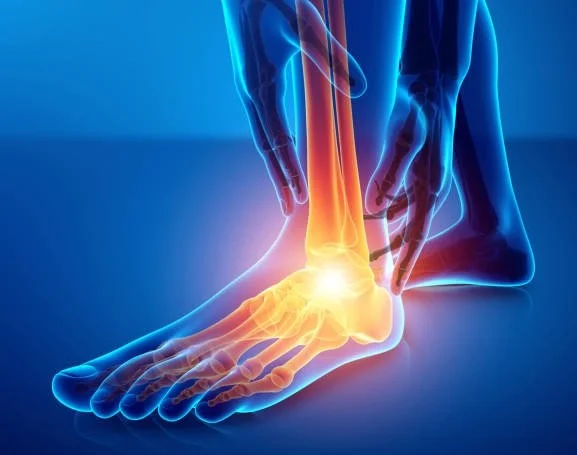Let’s talk about your feet. On Monday morning you rise for the grind & slide on your daily driver shoes which contain off-the-rack orthotics. Perhaps they were recommended for flat feet or high arches. Let’s clarify some misunderstandings about feet, orthotics, and how you can love your feet for the long run.
The feet are astonishingly intricate, just like the hand. The brain has similar amounts of space dedicated to the control of the feet, ankles, and toes as it does for the hands, wrists, and fingers. Both hands and feet are incredibly complex, requiring neuromusculoskeletal coordination to ensure that both static and dynamic posture are effective. Without proper control and strength, injury, dysfunction, and pain can occur.
Image from: modpodpodiatry.com
First, static (still) posture is only one component of structure & function. Many patients mention they have been told at one point or another that they have high arches, flat feet, or another postural anomaly. Fortunately, these variations in resting posture don’t doom the feet to problems. Dynamic posture refers to the changes that occur as we move. When walking, the foot goes through phases and the arch is dynamic, meaning that it changes during various parts of a single step. This dynamic posture is critical for function. The heel first strikes at the beginning of a step, creating rigidity so the foot can absorb the force of our body moving towards the earth. Then, as our weight transfers over that planted foot, it pronates, creating a normal, relative “flattening” of the arch. At the end of the stride, the foot then supinates, or builds an arch again, creating rigidity so that we can push away from the ground. When there is a decrease in the foot’s ability to change its posture throughout a stride, problems can arise.
Image credit: https://www.tekscan.com/blog/medical/gait-cycle-phases-parameters-evaluate-technology
Fortunately, by working on ACTIVE strength and stability through our feet and ankles in functionally meaningful ways, we can successfully address pain and dysfunction. For example, by weight bearing/standing with forces in multiple planes, we can promote the neuromuscular ability to support the skeleton of our foot. This approach promotes longevity and reduces potential for injury, regardless of footwear or orthotics. Therapy ensures the foot has its own robust internal support, so that shoes which provide extra support are truly giving EXTRA support in addition to what has been cultivated in the muscles and connective tissue of the foot itself.
Image credit: from OPED International’s YouTube channel: https://www.youtube.com/watch?v=rUGYpx5tb3U
At PrecisionOPT, we treat many foot, ankle, & toe problems, including plantar fasciitis, instability or balance issues, metatarsalgia, achilles tendonitis, bunions, heel pain, turf toe, sprains & strains, & recovery from stress fractures or other types of fractures. Treatments we employ include strengthening, stretching, dry needling, voodoo floss, manipulation, and more.
The Osteopractic physical therapists at PrecisionOPT utilize a holistic, multimodal approach to improve the neuro-musculoskeletal connection to promote reduced injury risk and improvements in function. By combining hands-on techniques like osteopractic manipulation and dry needling with meaningful exercise, they promote long-term wellness with maximum function.
Cover photo: Creator sankalpmaya | Credit Getty Images / Stockphoto





